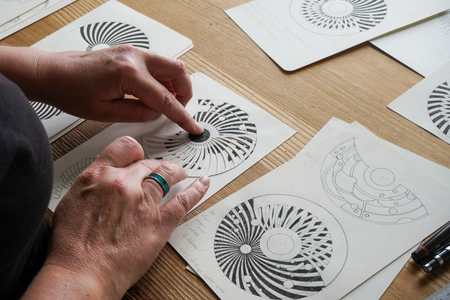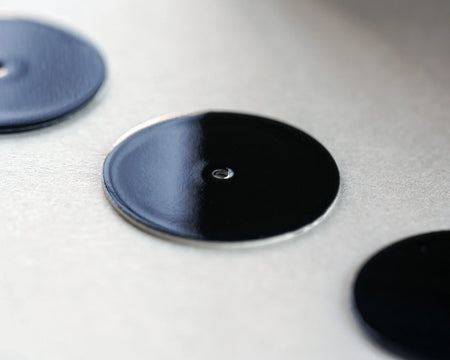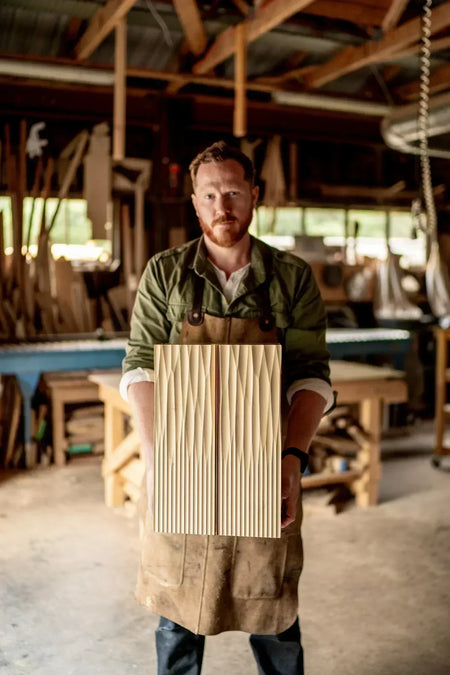Meet The Team: Morna Darling - Enameller
Nov 06, 2020

Meet The Team
Get to know the faces behind the watches of anOrdain. For our first issue, we talk to talented jeweller and enameller, Morna Darling.
Hi Morna! Tell us a bit about yourself and where you’re from?
I am originally from Edinburgh but have lived in Glasgow for 10 years. I came to study at the Glasgow School of Art and never left! It's great to live in a city like Glasgow which has so many galleries and museums and yet is so close to the beautiful countryside. I love being outdoors, hillwalking and taking trips to the beach with my dog Ari, so it's perfect!
When did you join the anOrdain team?
I started in April 2018, which was a few months before we launched our first model. It was a bit like being put in at the deep end, having never enamelled watch dials before, but it was very exciting to be a part of.
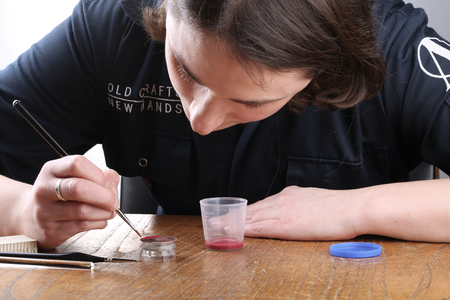
Morna at work enamelling
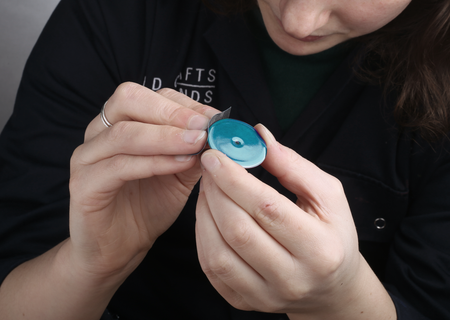
Inspecting an enamelled dial
